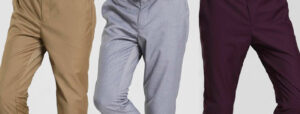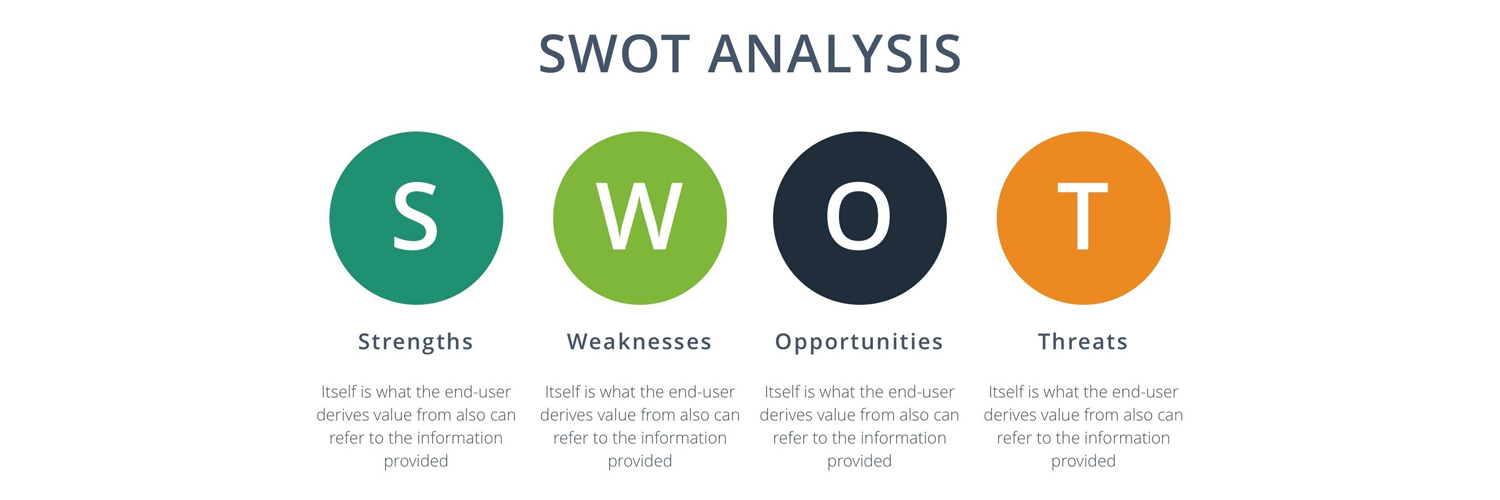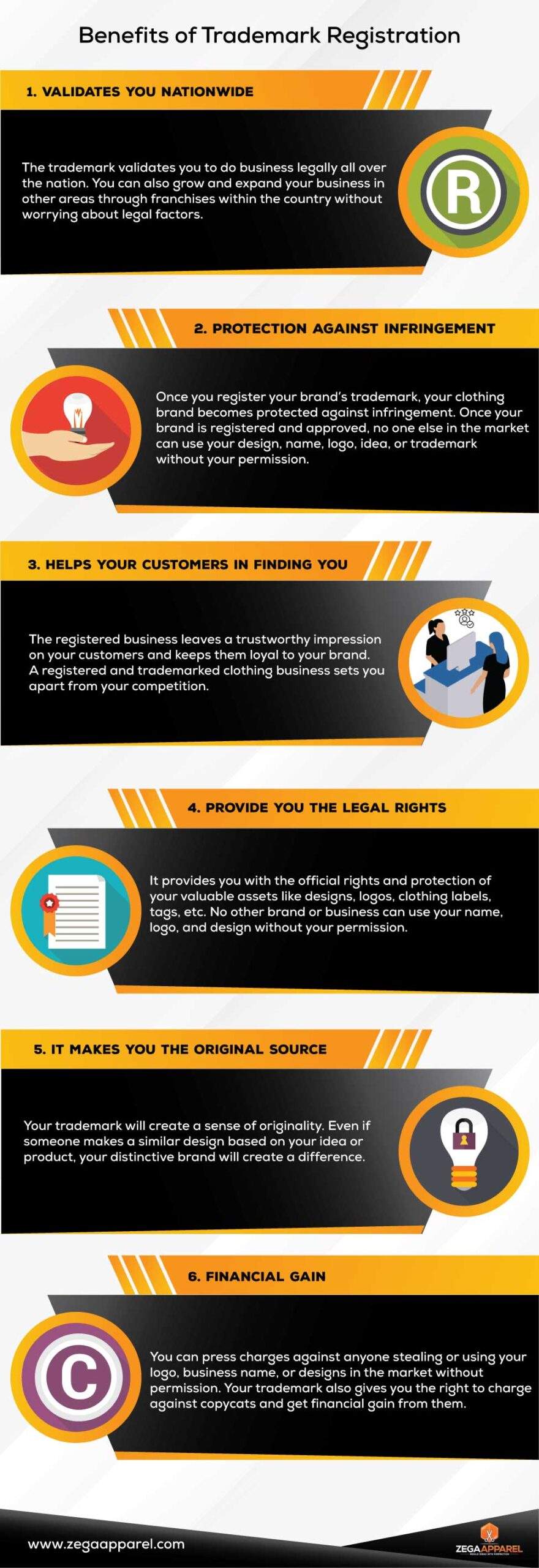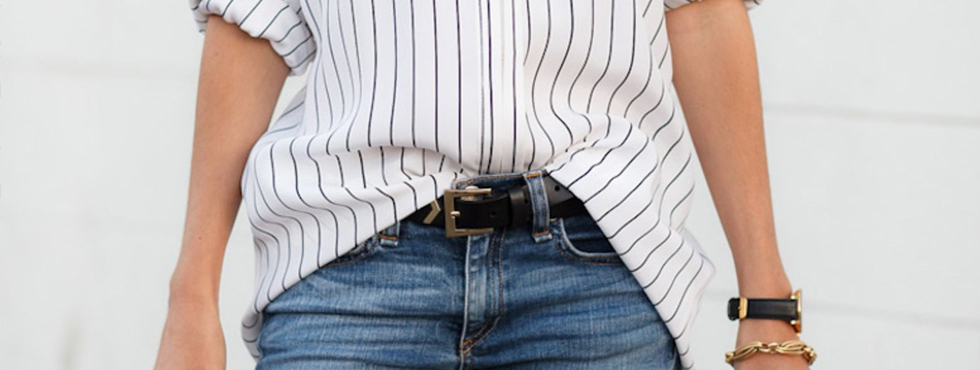In the world of e-commerce, one term holds a significant position in apparel manufacturing. Yes, Minimum Order Quantity (MOQ), it is a technical term and MOQ meaning lies in describing the smallest number of units per product that customers want to purchase in order to complete an order.
This is the requirement set by the manufacturer or the wholesaler to ensure that the product is sold in bulk. MOQ plays a pivotal role in maintaining the seamless relationship between supply and demand. For clothing manufacturers understanding the ins and outs of MOQ is imperative to keep the clothing line smooth and cost in check.
So, let’s explore the world of MOQ and learn about its significance in striking the perfect balance between supply chain efficiency and customer satisfaction.
Find more about: What is a Clothing Manufacturer?
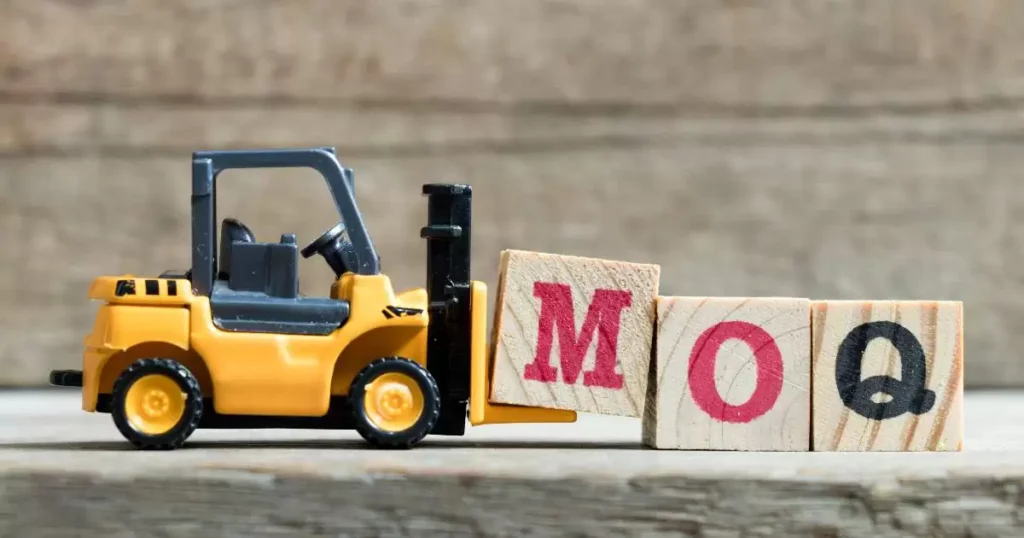
Understanding Minimum Order Quantity (MOQ)
MOQ represents minimum order quantity; this specialized term plays an essential role in shaping the boundaries of the production process, inventory management, and pricing strategies. The minimum order quantity (MOQ) is the lowest number of units required for a single order. For instance, if the clothing manufacturer offers a MOQ of 50 pieces, this implies you need to arrange something like 50 results of various styles to satisfy their necessity.
However, understanding the MOQ isn’t just about having a deep knowledge of this technical term, it’s about optimizing the production process and minimizing the cost per unit expenses. Furthermore, MOQ directly impacts inventory management. For clothing manufacturers maintaining optimal inventory is crucial for meeting customer demand while minimizing the risk of overstocking.
Moreover, the pricing strategies are also based on the MOQ thresholds. So, by understanding the implications of MOQ, clothing manufacturers can easily optimize their operations by maintaining the balance between efficiency and profitability.
Pros
MOQ can be significantly beneficial for both retailers and clothing manufacturers. For retailers, MOQ assists them with dealing with their stock by limiting the risk of overstocking. However, it can likewise be useful as far as negotiating with the manufacturer or the distributor to persuade them to buy items in bigger amounts.
While for the manufacturer or the wholesalers, the MOQ can help them manage their production costs. This offers a big opportunity to achieve higher profitability in a lower production cost. Additionally, MOQ can help manufacturers forecast production demand, which helps them better manage their production needs.
Cons
Minimum order quantities also pose challenges for both retailers and clothing manufacturers in the apparel industry. For retailers, MOQ limits their product variety, which can result in limiting their ability to offer diverse options to customers. This can also lead to missed sales and reduce uniqueness in the competitive marketplace. Plus, the higher MOQ restricts the retailer from responding to the customer’s changing fashion needs or market trends, which can ultimately increase the risk of financial collapse if the product doesn’t sell as manufacturing.
On the other hand clothing manufacturers or wholesalers may also face the challenges with the higher MOQ. Due to overproduction, they produce more units than the market demand, leading to excessive inventory and high associated costs.
However, having the perfect balance between production requirements and avoiding commitments is essential for the retailer or the clothing manufacturer. There are certain ways by which you can minimize these risks:
Firstly, you can do it by offering a different range of products with different MOQs; this helps the customers to choose according to their needs.
Another way is by working with dropshipping suppliers or distributors because dropshipping supplies will not require MOQ as they only work with their store sales. Similarly, distributors work with multiple businesses to deliver the goods they are shipping with.
How to Calculate Minimum Order Quantity?
There is no such formula for the calculation of MOQ. However, every supplier has a particular amount set based on their business needs and requirements. The more you purchase from the supplier, the lower the MOQ becomes. Even though there isn’t a formula for the calculation of MOQ, you can make a better decision by understanding the lower section.
Impact of MOQ on Inventory Management
The impact of minimum order quantity on inventory management resonated with both retailers and clothing manufacturers throughout the manufacturing journey. Whether you are dealing with the low, high, or bottom line MOQ, each scenario plays a crucial role in managing inventory effectively.
High Minimum Order Quantity
When suppliers and manufacturers are facing a high MOQ, this leads to keeping a substantial amount of inventory on hand. High MOQ necessitates a large order, which results in stocking up the surplus amount of stock, if not purchased by the customer.
Plus large inventory requirements also tie up to the large working capital or the warehouse space, which can result in increased holding costs and the risk of obsolescence. But the fact is they lower the administrative cost because the product or the materials are produced or ordered at the wholesale rate, which becomes bulk saving from various materials and supply chain aspects.
Low Minimum Order Quantity
Conversely, a low MOQ has its own set of challenges, as they are less likely to see a lower average order size. This could lead to higher unit costs due to reduced economics of scale. Retailers or clothing manufacturers have to carefully balance the benefits of a lower inventory scale with the potential for increased per-unit economics.
Additionally, low MOQ may require frequent ordering and closer monitoring. For instance if a custom manufacturer may require an e-commerce brand to purchase 50 units for a particular design. if the brand is in a struggling or growing position, it may not be able to sell all 50 units. This could result in deadstock, increasing their holding costs.
Bottom Line Minimum Order Quantity
The bottom MOQ presented the perfect balance between managing inventory or stock-ups. It offers enough space for the retailer or the manufacturer to optimize inventory by ordering sufficient quantities without overcommitting resources. By maintaining this bottom line MOQ, businesses can easily manage their holding costs while ensuring product availability and customer satisfaction.
Strategies for Managing MOQ
To effectively manage the MOQ and its impact on inventory, supply chain, or a prominent market position, retailers and manufacturers should employ certain strategies to overcome its limitations and make the business more lucrative. Below are the detailed strategies for managing the MOQ.
- Timely Manufacturing
By clearly managing the production schedule with the future forecast, businesses can minimize the risk of excessive inventory associated with the high cost and mitigate stock up with the low MOQ.
- Negotiation With Suppliers
Negotiation with suppliers is crucial for leading a successful business. This can help the retailer and manufacturer balance cost efficiency and inventory management.
- Forecasting demand
Accurate demand forecasting and planning are crucial for inventory management while avoiding overordering. Businesses should keep a record of previous sales, market trends, and customer demand to predict the future, this could minimize the risk of holding excessive inventory.
- Dropshipping
As mentioned above, collaborating with the drop shipping supplier can become beneficial in terms of providing flexibility in managing the inventory without the constraints of MOQs.
Low MOQ Solution: Enhancing Inventory Management for Apparel Manufacturers
Due to the increasing demand for clothing manufacturing, most manufacturers are looking for the Minimum order quantity (MOQ) option, as it offers the accessibility of quality production services.
The good news is Zega Apparel recognizes the pivotal role that MOQ plays in inventory management and business growth. That’s why we offer the lower MOQ of 150 pieces per design, which provides the flexibility and opportunity to make a distinct position in the industry. With our low MOQ solution, we are empowering businesses of all sizes by optimizing their inventory management strategies and reducing upfront costs.
Also read: What is Cut and Sew Manufacturing?
Conclusion
In conclusion, Minimum order quantity (MOQ) is the term used to portray the minimum quantity of items a customer needs to buy in a single order. However, the effect of MOQ on stock administration is irrefutable in the clothing business. Whether you are facing the low, high, or bottom line MOQ, each of them plays a crucial role in inventory management and stocking up the surplus product associated with these. By implementing strategies such as negotiation with suppliers and dropping options, the business can successfully gain a strong position in the competitive fashion world.
FAQs
What is MOQ in the supply chain?
In the supply chain, MOQ refers to the minimum order quantity that a supplier wants you to purchase in a given time.
What is the difference between MOQ and EOQ?
The difference between the MOQ vs. EOQ is: that MOQ is the minimum amount a supplier or manufacturer will sell, while EOQ is the ideal order quantity to balance ordering and holding cost.
What does MOQ stand for?
MOQ stands for the Minimum order quantity that a supplier or manufacturer looking to order in a single order.



